By Ki Lin Tay, Esq.
and
Jaimee K. Wellerstein, Esq.
As COVID-19 infection rates continue to soar, and state and local governments try to keep up, it has never been more important for California businesses to stay informed about the ever-changing pandemic landscape. The latest Executive Order issued by Governor Newsom and related guidance from the California Department of Public Health may bring some much-needed relief for certain employers that have struggled with managing their staff and workforce during the coronavirus pandemic.
California Department of Public Health Reduces Quarantine Period for Asymptomatic Exposures and Certain Critical Infrastructure Workers
On December 14, 2020, the California Department of Public Health (CDPH) issued new Guidance shortening the required COVID-19 quarantine period from 14 days to 10 days of the date of the last exposure, for asymptomatic “close contacts” of an infected individual, with or without testing. “Close contacts” are currently defined as those who have been within 6 feet of an infected person for a cumulative total of 15 minutes or more over a 24-hour period.
The CDPH’s new guidance also permits certain categories of essential critical infrastructure workers to return to work after 7 days of the date of their last exposure, if they have received a negative PCR (nasal swab) test result from a specimen collected after Day 5, during critical staffing shortages when there are not enough staff to provide safe patient care. The categories of essential critical infrastructure workers permitted to return to the workplace in these circumstances are:
- Exposed asymptomatic health care workers, such as doctors and hospital support staff; and
- Exposed asymptomatic emergency response and social service workers who work face to face with clients in the child welfare system or in assisted living facilities, including emergency medical services, social workers, and private security personnel.
Furthermore, all exposed asymptomatic contacts permitted to reduce the quarantine period to less than 14 days must:
- Adhere strictly to all recommended non-pharmaceutical interventions, including wearing face coverings at all times, maintaining a distance of at least 6 feet from others and the interventions required below, through Day 14;
- Use surgical face masks at all times during work for those returning after Day 7 and continue to use face coverings when outside the home through Day 14 after last exposure; and
- Self-monitor for COVID-19 symptoms through Day 14, and if symptoms occur, immediately self-isolate and contact their local public health department or healthcare provider and seek testing.
These newly shortened quarantine requirements are intended to align with the Centers for Disease Control and Prevention’s (CDC) earlier Guidance issued on December 2, 2020, which reduced quarantine periods in recognition of the fact that the full 14-day quarantine mandate previously recommended may cause economic hardship and other burdens affecting physical and mental health, ultimately reducing compliance with COVID-19 protocol.
Governor’s New Executive Order Shortens Quarantine Requirements under Cal/OSHA Emergency Temporary Standards
On the same day that the CDPH issued its newest guidance, Governor Gavin Newsom signed another COVID-19 related Executive Order, echoing the reduced quarantine periods set forth by the CDPH and harmonizing the various COVID-19 quarantine guidelines.
Notably, the Governor’s Executive Order temporarily suspends the strict Emergency Temporary Standards (ETS) released by Cal/OSHA on November 30, 2020 – namely, the provisions dealing with exclusion of COVID-19 cases from the workplace – enabling California employers to follow the shorter CDPH return to work guidelines outlined above, where applicable.
Previously, the Cal/OSHA ETS mandated that employees who have been exposed to COVID-19 must be excluded from the workplace for 14 days, reflecting the then-current guidance of the CDC and the CDPH. With the CDPH’s new guidance and Governor Newsom’s Executive Order, employers are permitted to shorten the quarantine period for asymptomatic close contacts by discontinuing quarantine 10 days after the last exposure, provided that employees returning to work adhere to physical distancing protocol and wear face coverings at all times at the workplace until Day 14.
Local Public Health Orders Take Precedence
However, there is one significant caveat: the new Executive Order states that the 14-day quarantine period in the Cal/OSHA ETS is suspended to the extent that it exceeds the longer of the updated CDPH guidelines “or any applicable quarantine or isolation period recommended or ordered by a local health officer who has jurisdiction over the workplace.” That is, these shortened return to work quarantine mandates do not apply if the workplace of the quarantined employee is located within a city or county where the local Health Officer prescribes a longer quarantine period.
In other words, when assessing how long exposed employees must remain at home in quarantine, employers must comply with applicable local guidelines if such guidelines mandate a longer quarantine period.
What Does This Mean for Los Angeles Employers?
The County of Los Angeles Department of Public Health recently issued revised Orders reducing its quarantine and isolation timelines, so employers based in Los Angeles will now be able to take advantage of the newly-shortened return to work quarantine guidelines.
Additionally, the new Quarantine Order confirms that certain Los Angeles-based critical infrastructure workers, including healthcare personnel and emergency responders, may return to work even sooner in certain circumstances, if their employer is experiencing staffing shortages and provided that the conditions in the CDPH guidelines are satisfied.
EMPLOYER TAKEAWAY
The Governor’s new Executive Order and additional guidance from CDPH offer some much-needed clarity in aligning Cal/OSHA’s ETS with the CDC’s guidelines, providing a modicum of relief for employers struggling with managing their business and staff in the face of productivity losses due to quarantined employees, particularly those in critical infrastructure industries, such as health care, emergency response, and social services.
However, some local health orders still reflect a 14-day quarantine period for COVID-19 exposures. We assume that this is simply an issue of timing, and hope that local orders will soon be amended to reflect the new timelines set forth in the revised CDPH guidance.
Until then, employers should monitor their local public health orders to determine if the applicable local quarantine period will be reduced in line with the newly-issued guidance, and adhere to their local public health officer’s orders if longer quarantine periods remain in place. Furthermore, employers should ensure that their workplace COVID-19 protocols and procedures are revised in order to comply with this new guidance.
We will continue to stay on top of important COVID-19 related developments that impact your business and workforce. If you have questions about managing your business in the era of COVID-19, please contact your attorneys at Bradley, Gmelich & Wellerstein LLP. We are here to help.

As a qualified attorney in both the United States and Canada, Ki Lin’s experience representing and defending employers in her legal practice is broad and international in scope. Prior to joining the Firm, Ki Lin served as in-house company Counsel and Head of Legal for a national human resources compliance company, arming her with a unique understanding of the dynamics from both sides of the table. Ki Lin specializes in working proactively with employers to develop business and legal strategies that mitigate the risk of employment disputes and maintain compliance with the complex and dynamic landscape of employment law. She regularly provides employers with the mechanisms needed to reduce potential liability and exposure, including employment law counseling, workplace training programs, company policy and handbooks, and all other employment-related contracts and documents used to manage legal risk. ktay@bgwlawyers.com

Jaimee routinely represents employers in federal and state courts and in arbitration proceedings throughout the state, as well as at administrative proceedings before the Equal Employment Opportunity Commission, the California Department of Labor Standards Enforcement, the United States Department of Labor, and other federal and state agencies.
Jaimee assists as a Legal Advisor to CALSAGA and is a member of ASIS International. She is rated AV-Preeminent by Martindale-Hubbell, the highest peer rating available. jwellerstein@bgwlawyers.com

